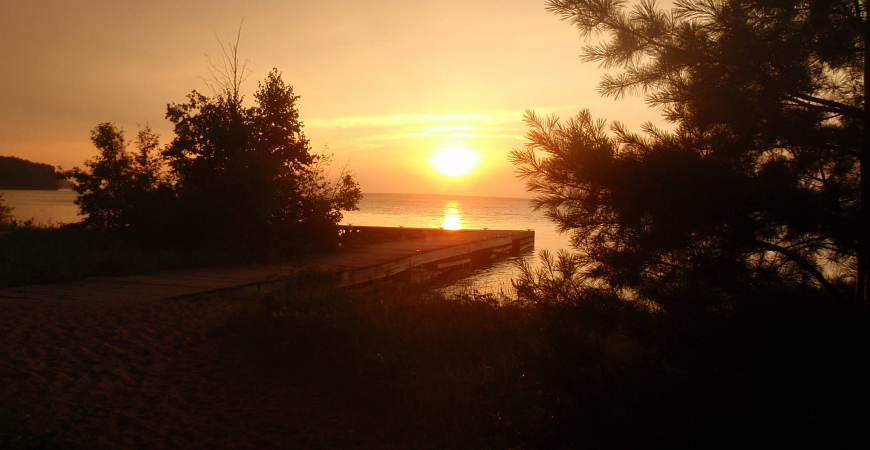Land Types We Buy
Real estate program
The Wisconsin Department of Natural Resources (DNR) focuses on purchasing lands within the boundaries of established management areas which provide protection for various activities such as fisheries and wildlife management, natural area conservation and outdoor recreation.

Types of management areas
- Fisheries management and stream bank protection
- Areas along streams, rivers and lakes which protect water quality by reducing erosion and run-off, and improve habitat and fishing opportunities.
- Wildlife management and habitat restoration
- Areas that provide habitat for wildlife such as waterfowl, grouse, turkey and grassland songbirds. These areas also offer areas for the public to enjoy watching wildlife, hiking, hunting and other types of recreation.
- Forestry management
- Areas that protect forested lands that provide forest products, protect watersheds and provide outdoor recreational opportunities such as hiking and cross-country skiing. Many of DNR's larger management areas are state forests such as the Northern Highland-American Legion State Forest and the Kettle Moraine state forests.
- State parks, state trails and recreation
- Areas that protect lands that have scenic, recreational, historical, archaeological, geological and natural value. These areas provide facilities and programs for the public to enjoy. In addition, DNR purchases linear tracts of land, such as abandoned railroad rights-of-way, for trail-based recreation.
- Wild rivers and flowages
- These areas protect the wild and scenic nature of Wisconsin waterways and sustain their unique natural qualities. These properties include the land along the Pike and Pine-Popple Wild Rivers, as well as the Lower Wisconsin State Riverway and Chippewa Flowage. DNR provides facilities to make them accessible for compatible recreational use such as canoeing, kayaking and fishing.
- Natural areas
- These areas preserve natural communities such as prairies, savannas, forests and land harboring rare species. Some areas have trails and offer other compatible recreational opportunities.
- Land legacy report
- This report identifies the places considered most important to meet Wisconsin’s conservation and recreation needs over the next 50 years.
